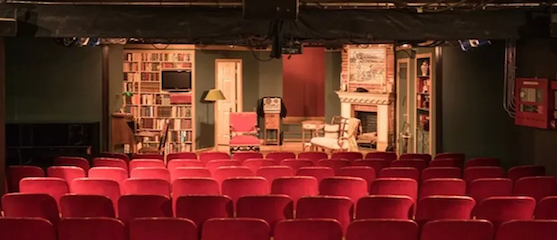
Off-Broadway (Theater). Professional theaters in New York City that have a seating capacity between 100 and 499 seats. These theaters operate outside the larger Broadway theater district and offer a diverse range of productions, from experimental plays to revivals and new works by emerging playwrights.
History
The Off-Broadway movement gained prominence in the 1950s as an alternative to the more commercial Broadway productions. It provided a platform for innovative and avant-garde theater, with productions often featuring lower budgets but greater artistic freedom. Many successful Broadway shows, including Rent, Hamilton, and A Chorus Line, started as Off-Broadway productions before moving to larger venues.
Characteristics
Off-Broadway theaters are distinct from both Broadway and Off-Off-Broadway theaters, which typically have fewer than 100 seats. The productions often attract a mix of well-known and emerging actors, directors, and writers. The contracts for actors and crew members in Off-Broadway productions are typically governed by the Actors’ Equity Association but with different pay scales compared to Broadway contracts.
Notable Off-Broadway Theaters
- The Public Theater – Known for premiering Hamilton and A Chorus Line.
- New York Theatre Workshop – Premiered Rent.
- Second Stage Theater – Focuses on developing new works and diverse voices.
- The Atlantic Theater Company – Committed to producing contemporary American plays.
Impact on Theater and Culture
Off-Broadway plays an essential role in the theater ecosystem, allowing for artistic experimentation and nurturing new talent. It provides opportunities for playwrights, directors, and actors to develop groundbreaking work that might not initially fit the commercial demands of Broadway.